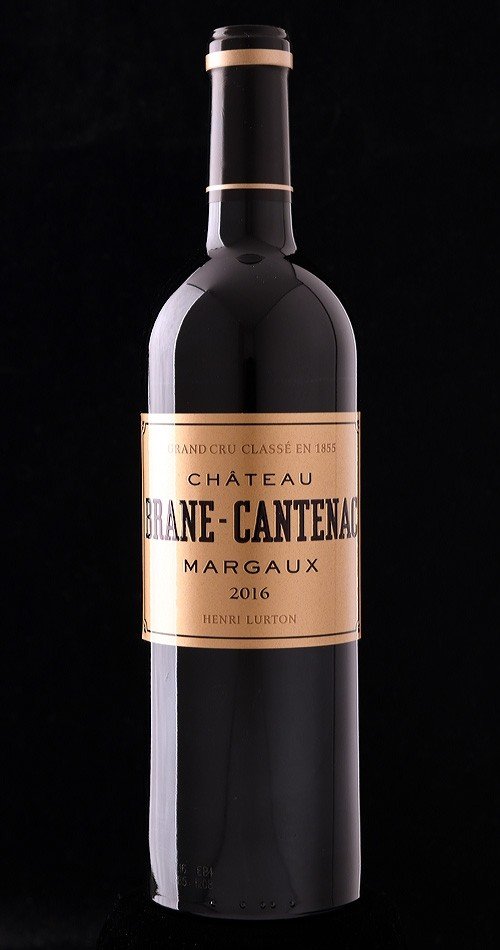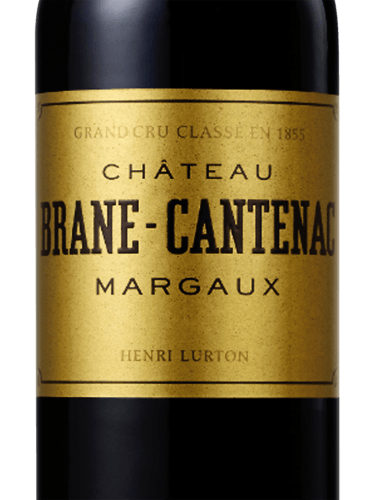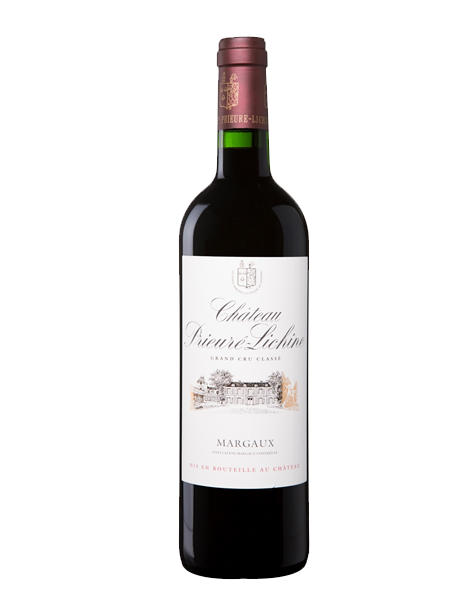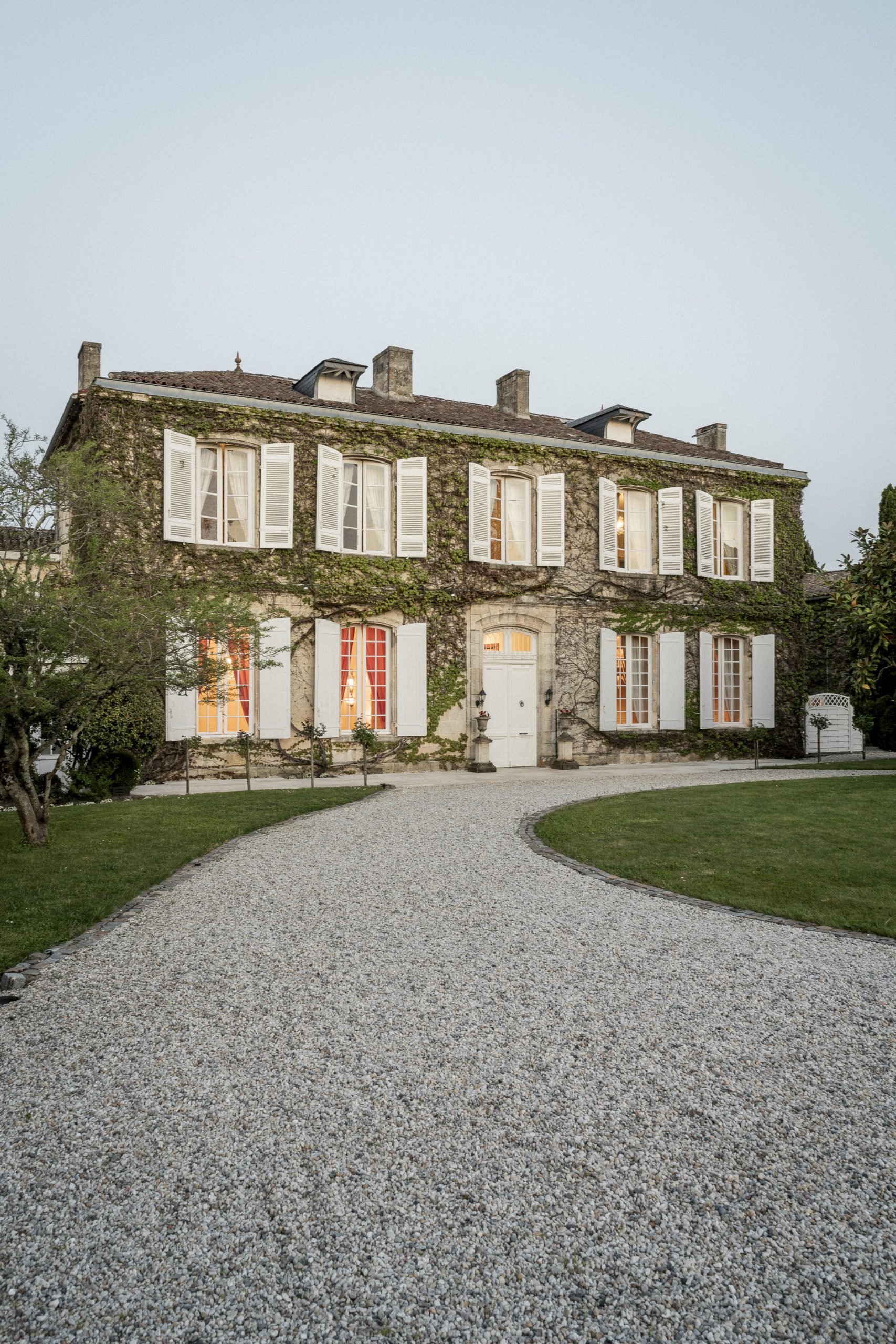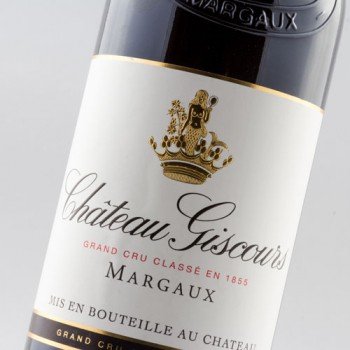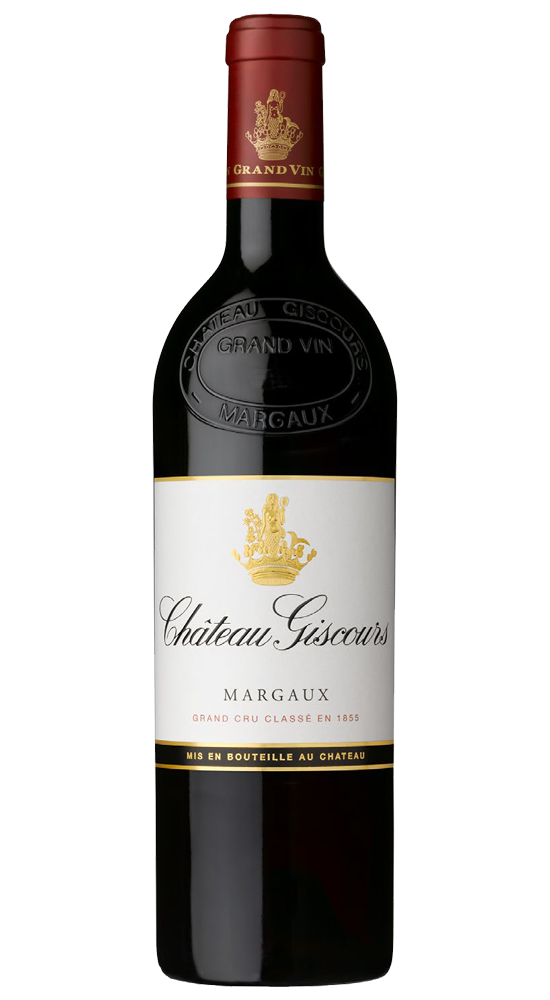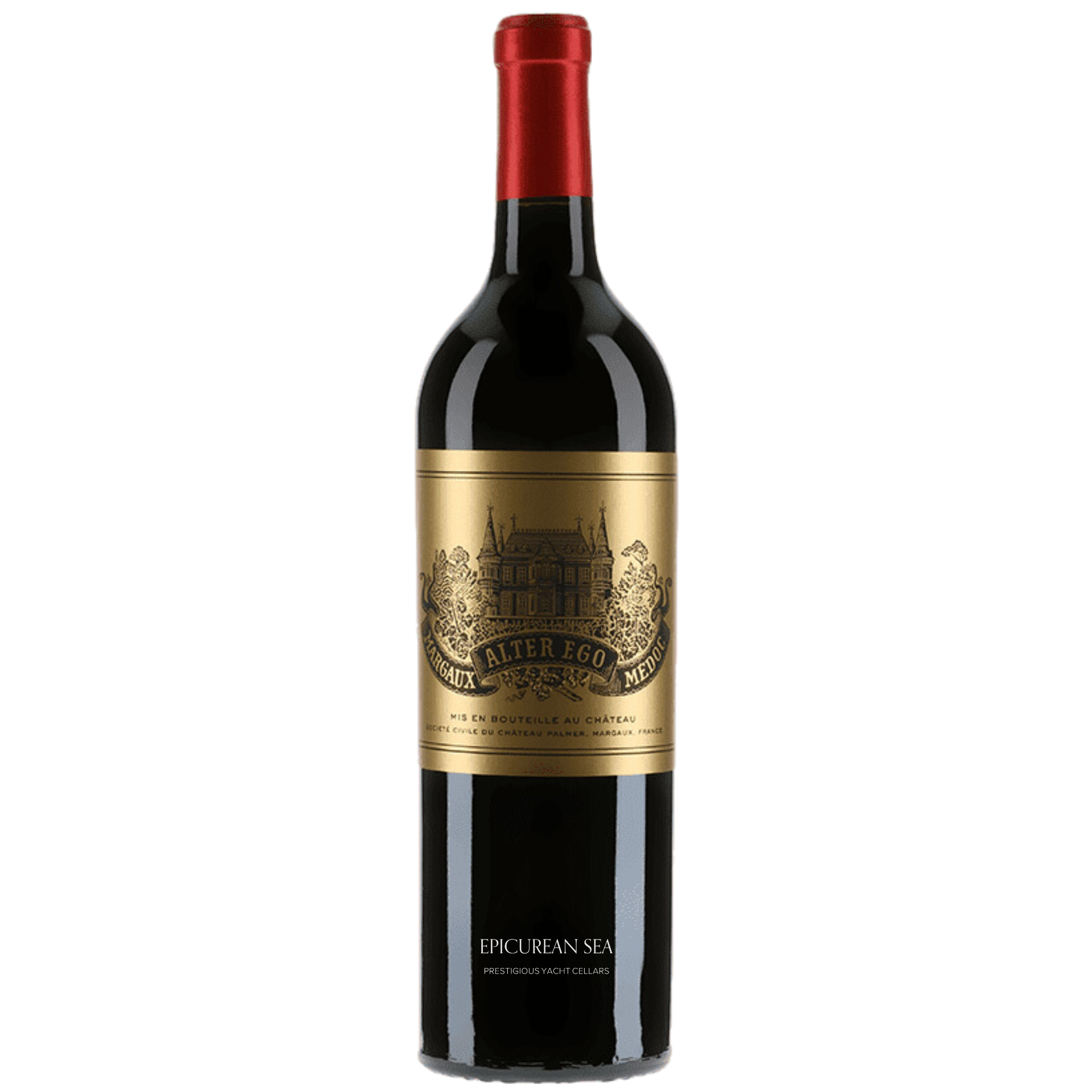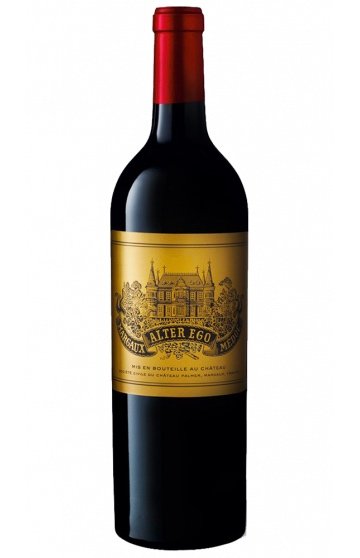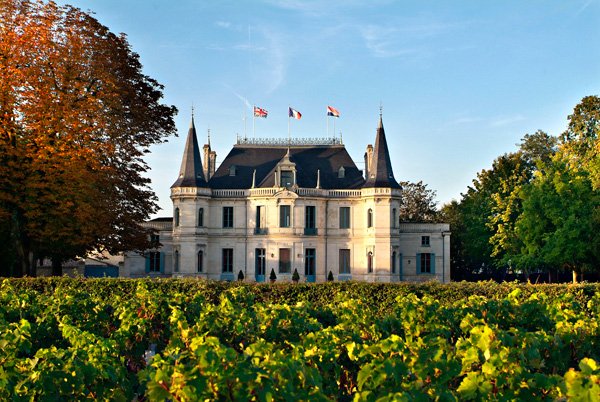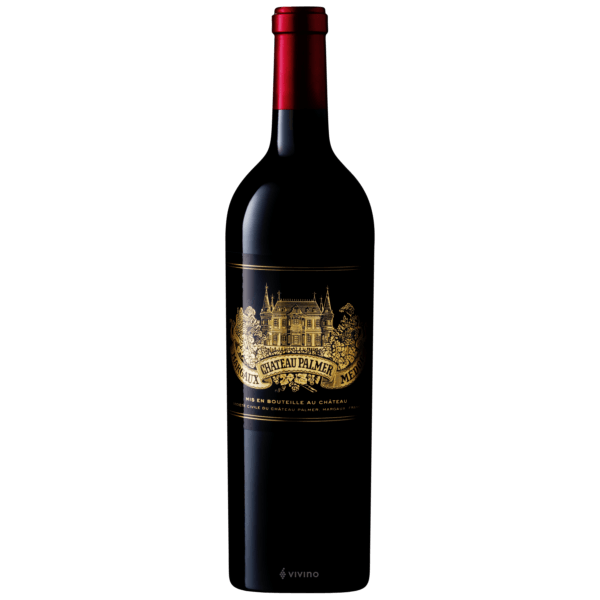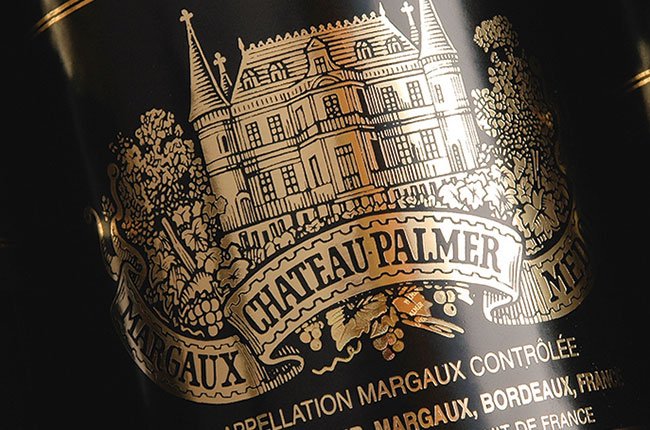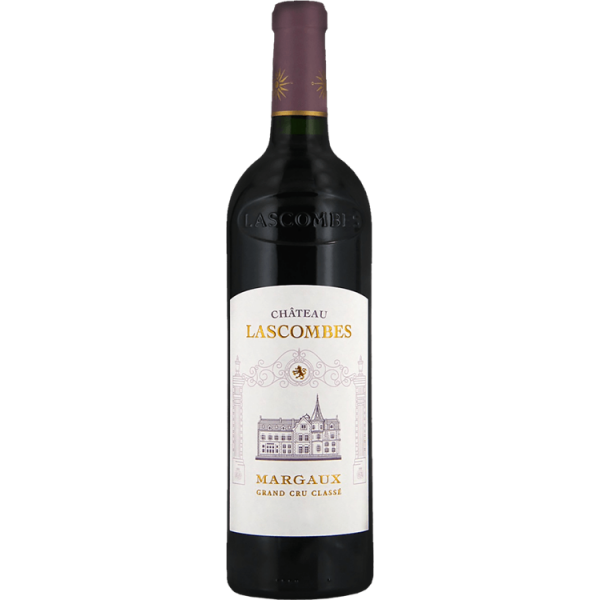 Image 1 of 2
Image 1 of 2

 Image 2 of 2
Image 2 of 2



Château Lascombes, 2016
Château Lascombes boasts a rich history dating back to the 17th century, with ten generations of owners leaving their mark on this esteemed estate. In 2011, the MACSF group acquired the property with a commitment to enhancing the wine's quality and continuing the legacy of its first owners. The vineyard spans 112 hectares in Margaux and an additional 6 hectares in Haut-Médoc, making it one of the largest vineyards in the 1855 classification. With a diverse range of soils, Château Lascombes occupies highly-regarded plots, including stony hills for Cabernet Sauvignon and Petit Verdot, clay areas for Merlot and Cabernet Sauvignon, and clay and limestone plots ideal for Merlot, which dominates half of the vineyard.
Château Lascombes boasts a rich history dating back to the 17th century, with ten generations of owners leaving their mark on this esteemed estate. In 2011, the MACSF group acquired the property with a commitment to enhancing the wine's quality and continuing the legacy of its first owners. The vineyard spans 112 hectares in Margaux and an additional 6 hectares in Haut-Médoc, making it one of the largest vineyards in the 1855 classification. With a diverse range of soils, Château Lascombes occupies highly-regarded plots, including stony hills for Cabernet Sauvignon and Petit Verdot, clay areas for Merlot and Cabernet Sauvignon, and clay and limestone plots ideal for Merlot, which dominates half of the vineyard.
